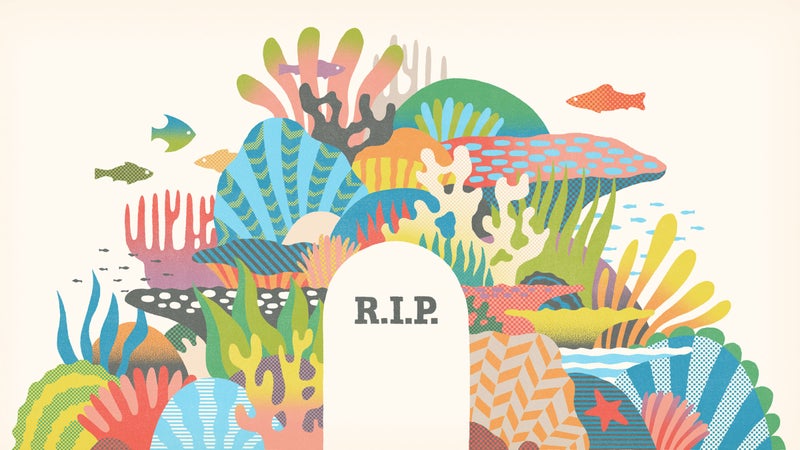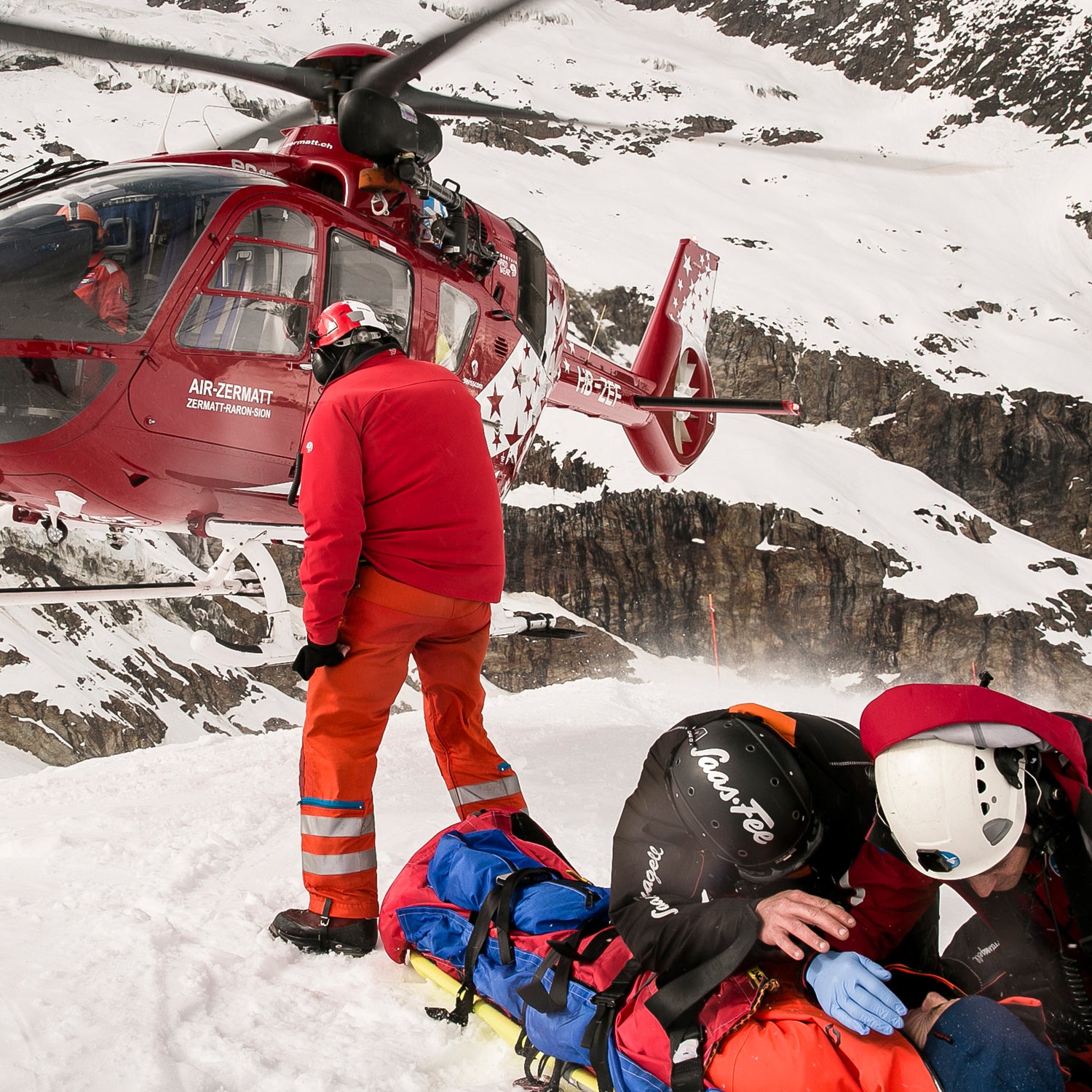You may notice we're only operating at extreme ends of the adrenaline spectrum this week—either fishing and obituaries or rescue operations and firefighting. Unless you happen to get a thrill from fly tying, in which case, buckle up.
Book
'Body of Water: A Sage, a Seeker, and the World's Most Elusive Fish' by Chris Dombrowski
Chris Dombrowski is a poet and a fisherman. It's an occupational combination that sounds both perfectly fitting and so idyllic it just might be fake. But his latest book, Body of Water, proves his bona fides on both counts.
The book starts simply enough: a friend drops out of a dream fishing trip in the Bahamas and Dombrowski fills in, casting with legendary bonefishing guide David Pinder. He goes on to explore what Pinder has meant to the sport, and what the sport has meant to Dombrowski. Still, Dombrowski elevates the fly-fishing-as-meditation narrative by the sheer fact that he's so damn good at writing about it. There's prose and practicality in equal parts, so the allure of the sport comes through without any condescension or snooze factor.
We won't say, “It's really about so much more than fishing,” because it is mostly a book about fishing—but it is also a book worth reading, whether or not bonefish excite you. Just read this: “While it's forgivable to drift off into the high lyric while imagining a backlit fly caster rhythmically zinging line back and forth inches from the water's surface, it's better to de-romanticize the fly rod, to recognize it for what it is: a tool someone fashioned to help one creature connect to another.”
TV
'The Horn'
The math suggests that Red Bull's six-part series following the Air Zermatt rescue team will almost definitely be exciting. In 365 days, they perform over 1,500 rescues on the Matterhorn. If you didn't have a healthy sense of respect for the jagged peak before, this should do the job.
Podcast
The Dirtbag Diaries: “Greater Than the Sum of Its Parts”
“I want to walk through the Grand Canyon from one end to the other, on foot, with a backpack. I want to do it for National Geographic. And I want you to come with me.” That's the idea photographer (and ���ϳԹ��� contributor) Pete McBride proposed to writer (and ���ϳԹ��� contributor) Kevin Fedarko last year. Fedarko called it harebrained. Then, the two of them went on a 650-mile trip to examine the threats the Grand Canyon is facing via the slowest form of transportation possible.
That trip resulted in a on development, resource conflicts, and other human activities invading one of our most iconic national parks. In this episode, the McBride and Fedarko pull back the curtain on just how Herculean an effort it was to pull off the trip.
Longread from ���ϳԹ���
“Obituary: Great Barrier Reef (25 Million BC-2016)”

We've seen quite the reaction to Rowan Jacobsen's dispatch on a great natural wonder. (And yes, we know it's not actually dead. Yet.)
The Great Barrier Reef of Australia passed away in 2016 after a long illness. It was 25 million years old.
For most of its life, the reef was the world’s largest living structure, and the only one visible from space. It was 1,400 miles long, with 2,900 individual reefs and 1,050 islands. In total area, it was larger than the United Kingdom, and it contained more biodiversity than all of Europe combined. It harbored 1,625 species of fish, 3,000 species of mollusk, 450 species of coral, 220 species of birds, and 30 species of whales and dolphins. Among its many other achievements, the reef was home to one of the world’s largest populations of dugong and the largest breeding ground of green turtles.
Longread from Elsewhere
The Bleacher Report: “Superheroes Are Real”
One of the scariest jobs in the world, described with a sense of humor and a bit of awe.
There are only 400 smokejumpers in the entire United States, and maybe only half of those are actively jumping fires on a regular basis. Here’s how you get to be one of them: First, love fire enough to build your life around it. Spend five years as something literally called a “hotshot,” doing hard and hot work on the biggest fires all around the country, using your Pulaski (a sort of ax-hoe hybrid) and chainsaw to remove all possible surface fuel and dig down to mineral soil in an 18-inch line that encircles the fire. Or else get yourself hired on to a helitack crew and rappel out of a helicopter and into a wildfire. Once you’ve become acquainted with the hard work and 20-foot-high flames and you’re still somehow left wanting something even more impossibly intense, then go ahead and send in your application to become a smokejumper.


